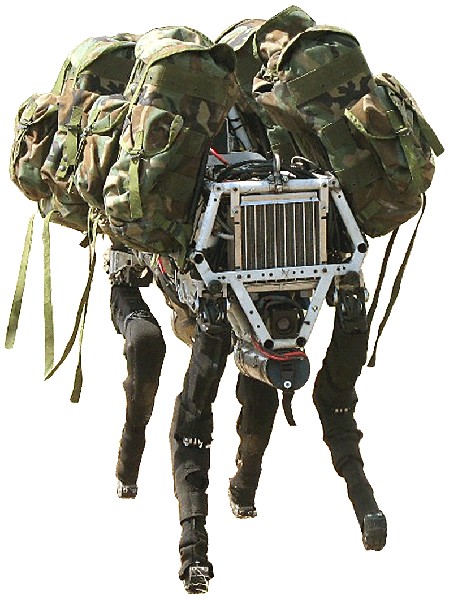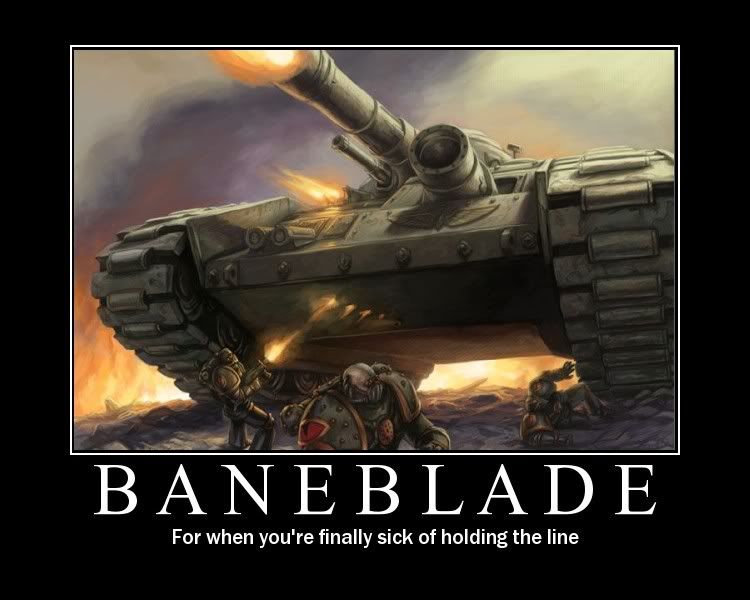Infantry today are not necessarily meant to confront enemy positions head on, rather they are used to organize vital preparations for an assault. Infantry collect crucial Intel concerning enemy fortifications, positions, movement, etc. which allows armored vehicles, helicopters, artillery, etc. to effectively attack the opposition. Soldiers ,similarly to destroyers following an aircraft carrier, serve to escort, defend, and scout ahead of larger, more powerful (not to mention significantly more expensive) units.Threesan said:...and get killed by small arms fire from any butcher, baker or candlestick maker. Because they all have AKs. The amount of concealment (in the sense of no one knowing that you're around) you can offer to a squad of uniformed soldiers operating in a dense urban environment is somewhat limited, even assuming they aren't with armored fighting vehicles or hummers. We're to the point where any deaths are borderline unacceptable. We don't send troops to certain areas on patrol because we don't want them to get slaughtered. True, you can't replace infantry with a mech, at least not any more than you can with an MBT or attack helo.Rolling Thunder said:Everyone saying Huge Mechs in cities....that's what infantrymen are employed for. Infantrymen that can be concealed, move virtually anywhere, spring ambushes, set traps
Unfortunately the likelihood of infantry encountering enemy personnel will always remain high, and casualties are inevitable. However the distinct advantages infantry provide will always leave them as an invaluable component of any army. Infantry can weave through narrow corridors and tight spaces, take cover behind even the most insignificant debris, silently eliminate specified targets, secure enemy strongholds/structures whilst minimizing damage to said building, set up defensive positions and mow down advancing opposition, adequate restraint while engaging enemies limiting civilian casualties, and so forth.
In addition Infantry do not simply rush enemies with utter disregard for their safety. Soldiers properly survey an area they plan on entering in order to avoid being gunned down by enemy combatants. Though often the position of an enemy force is not as obvious as a machine gun nest. Ambushes can easily spring upon any group of soldiers no matter how well trained, though a reaction to it may differ wildly. A well honed squad of experienced soldiers is likely to prepped for such an occurrence. Soldiers travel cautiously along structures rarely stray far from potential cover, especially if the area appears dangerous.





